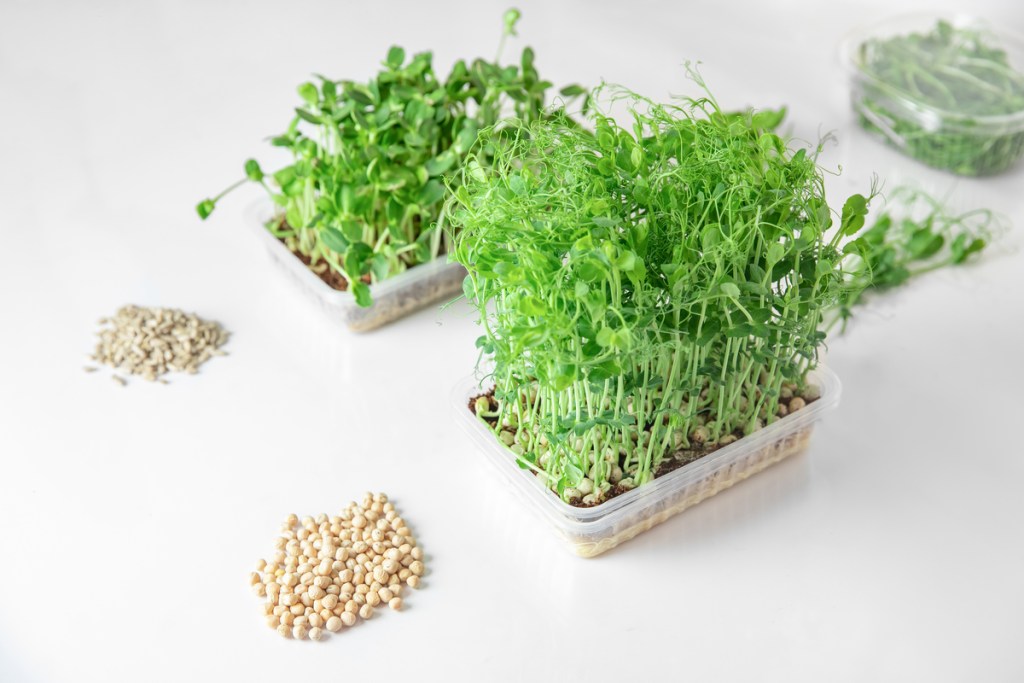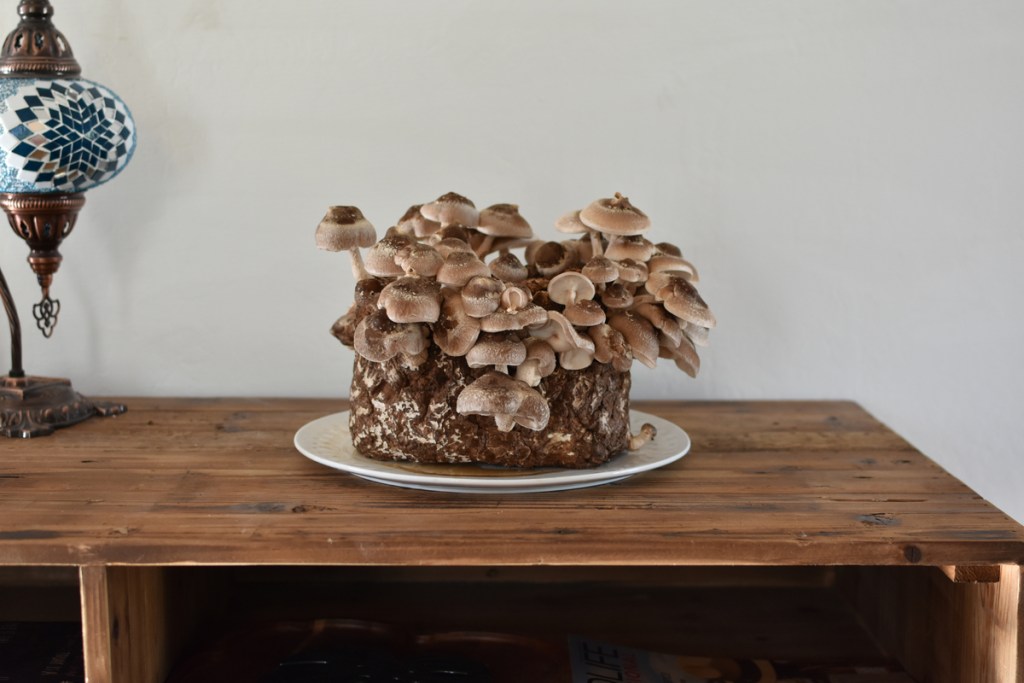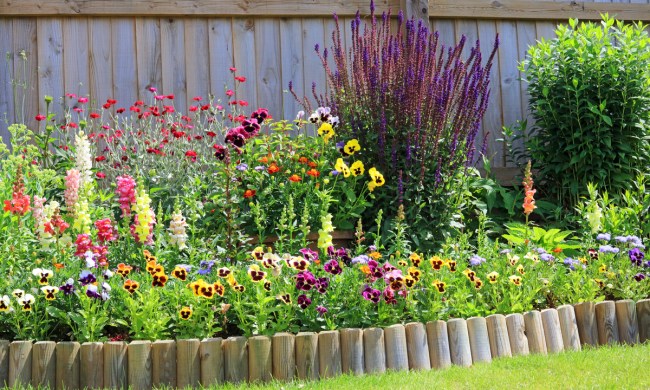Gardening can be daunting when you’re just starting out. There are so many things you need between tools and soil types and seeds, and you have to figure out where you’re going to keep the indoor plants and make the outdoor garden beds. But what if there was a trial option, something where you could try it out before you commit to see what you enjoy growing the most? Well, there is! Grow kits are available for a wide variety of plants, and their small size makes them perfect for beginner gardeners and those looking to try growing a new type of plant.
The benefits of using a grow kit
Although large scale gardening is great for full, rich harvests, it can be hard to manage if you’re new at it. If you aren’t used to taking care of plants, gardening can get overwhelming rather quickly. Grow kits help ease some of that stress. Their small size is perfect for learning how to properly care for something before planting a lot of it. Because you’re growing a smaller amount, you also won’t have to worry about what to do if there’s excess available.
Plus, you can grow more things at once! Most grow kits come with a few different kinds of seeds so that you can try different varieties (though there are ones available for specific plants, like mushrooms). Grow kits typically come with everything you need, like seeds, soil, and plant markers, so you’ll also get to cut out the process of tilling and preparing a garden bed or large pots. Keep in mind, though, that not every grow kit will have soil, and some like hydroponic systems might not come with seeds. Be sure to read the product description carefully, that way if you need to get anything that’s missing, you can before the seeds arrive!

Best grow kit for herbs
The Urban Leaf store has a great beginner-friendly herb growing kit for sale on Amazon. They have a culinary herb kit, a mediterranean herb kit, and even a small fruit and veggie kit to try! Each kit promotes healthy, sustainable indoor gardening and includes premium seeds, soil discs, timber planting boxes, bamboo labels, and how-to guides. They pride themselves on their soil discs that act as true soil replacements and contain a nutrient profile that not only helps the seeds grow but can help sustain growth after that. These herbs are ready to plant and grow as soon as they arrive at your front door!
Best grow kit for succulents and cacti
Home Grown Garden sells a succulent and cacti growing kit that will let you grow some of both instead of having to choose between one or the other. This DIY starter kit is perfect for growing indoors or outdoors (if your USDA zone allows) and comes with 10 cactus seeds and 10 succulent seeds. The team at Home Grown has spent time testing different varieties of seeds to see which ones have the highest germination rates, that way the grow kit can be fun and fulfilling for anyone who wants to try! It comes with four plant markers, four drip trays, four planters, compressed soil, and a growing guide.
Best grow kit for small-scale hydroponics
Farm culture hydroponics not only has a grow kit perfect for beginners, but one that’s great for people who aren’t sure if they want to pursue a large hydroponic indoor (or outdoor!) system. Their Grow Pad Mini is an all-in-one hydroponic grower that’s perfect for herbs. The seeds are sold separately, but you’ll be able to get a taste of what hydroponic growing is really like. Choose from smaller plants, and even grow your personal favorite herbs to get the most enjoyment out of the product. The Grow Pad Mini doesn’t require any soil—one of the benefits of hydroponic growing is the lack of dirt mess on your carpets—and comes with a built-in grow light.

Best grow kit for adventurous gardeners
For those beginner gardeners who want something a little more exciting, the Michigan Mushroom Company sells a variety of mushroom growing kits, including this one for Lion’s Mane. This kit grows up to four pounds of the Lion’s Mane mushroom and is a great introduction for people who are attempting to grow these for the first time. This Michigan-based company even uses the same strain for their award-winning mushrooms, which are used in local gourmet restaurants (so you know they’ll be worth it). If you aren’t interested in Lion’s Mane mushrooms, they also sell pink oyster and morel kits, along with a variety kit.
Best grow kit for studying habitats
Perhaps one of the most unique growing kits is this betta tank water garden from Back to the Roots. This one is perfect for parents looking to help their kids study and learn at home, as they’ll get to see how the water cycles through the habitat and is used to grow plants on top. The plants purify the water and absorb waste as nutrients, and the planter is easy to remove when you need to clean the tank. It has a seven pound limit and is great for small plants like herbs and fish like betta and goldfish.
There are so many more kits beyond these. With all the options out there, chances are you’ll be able to easily find one that fits your needs and desires!


